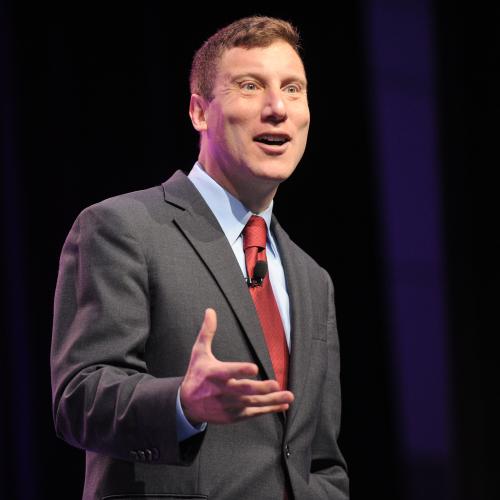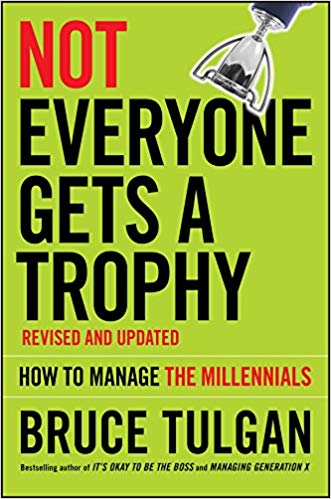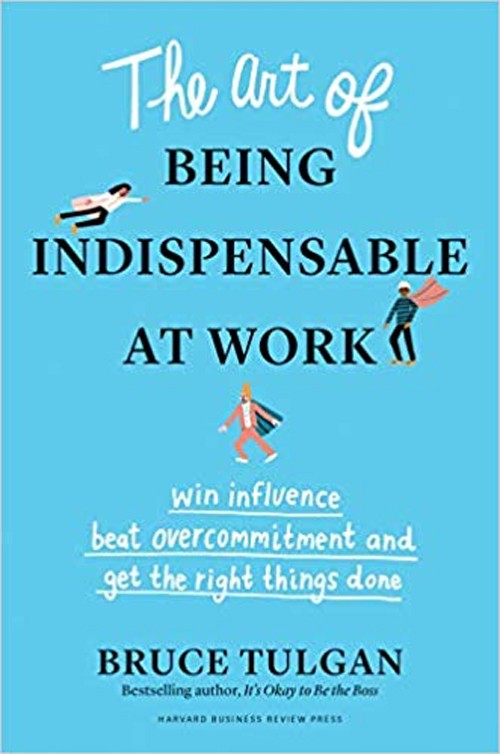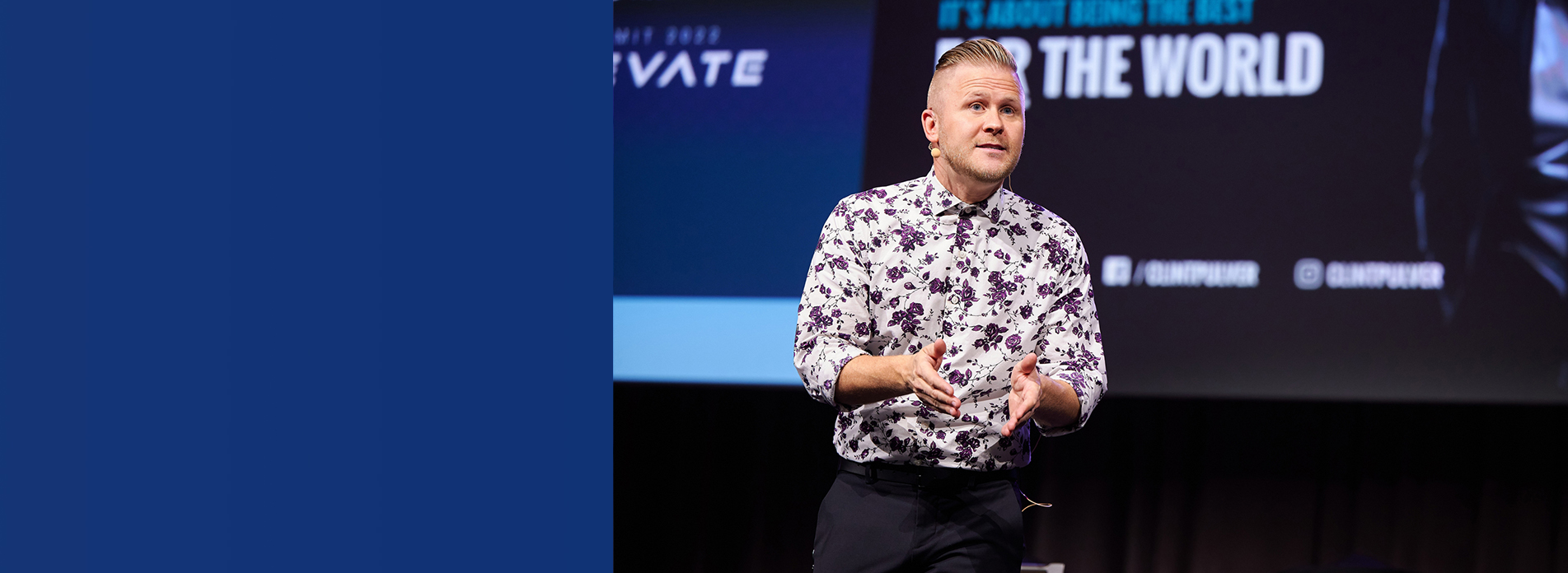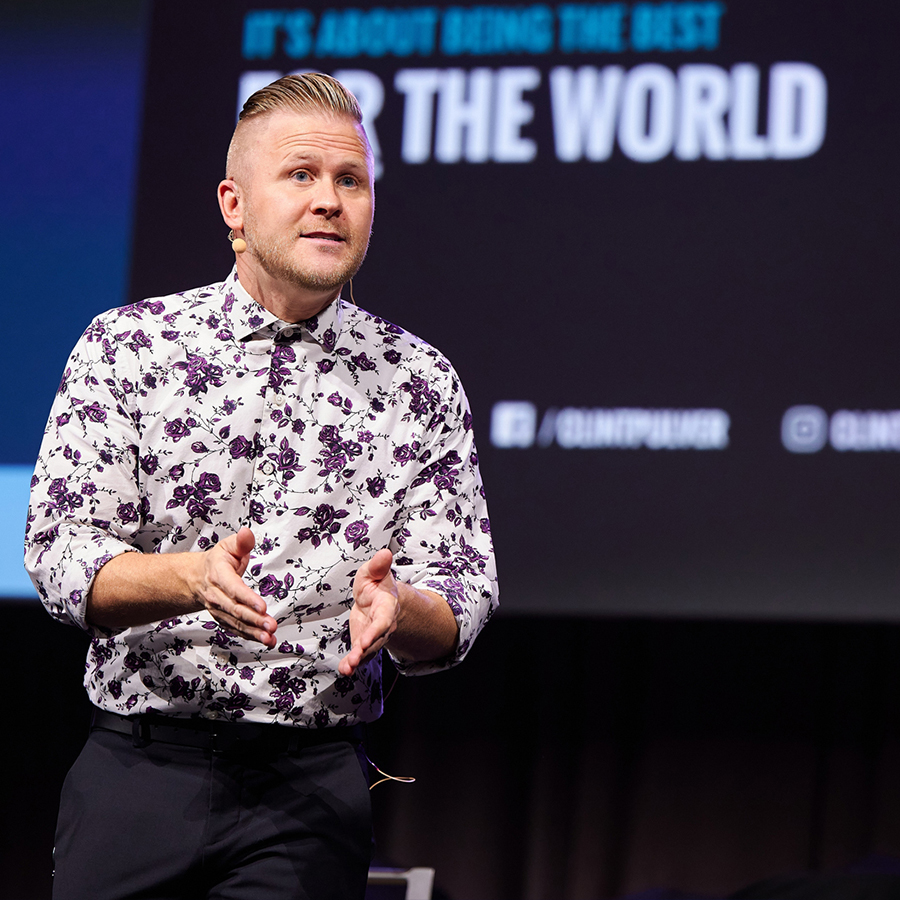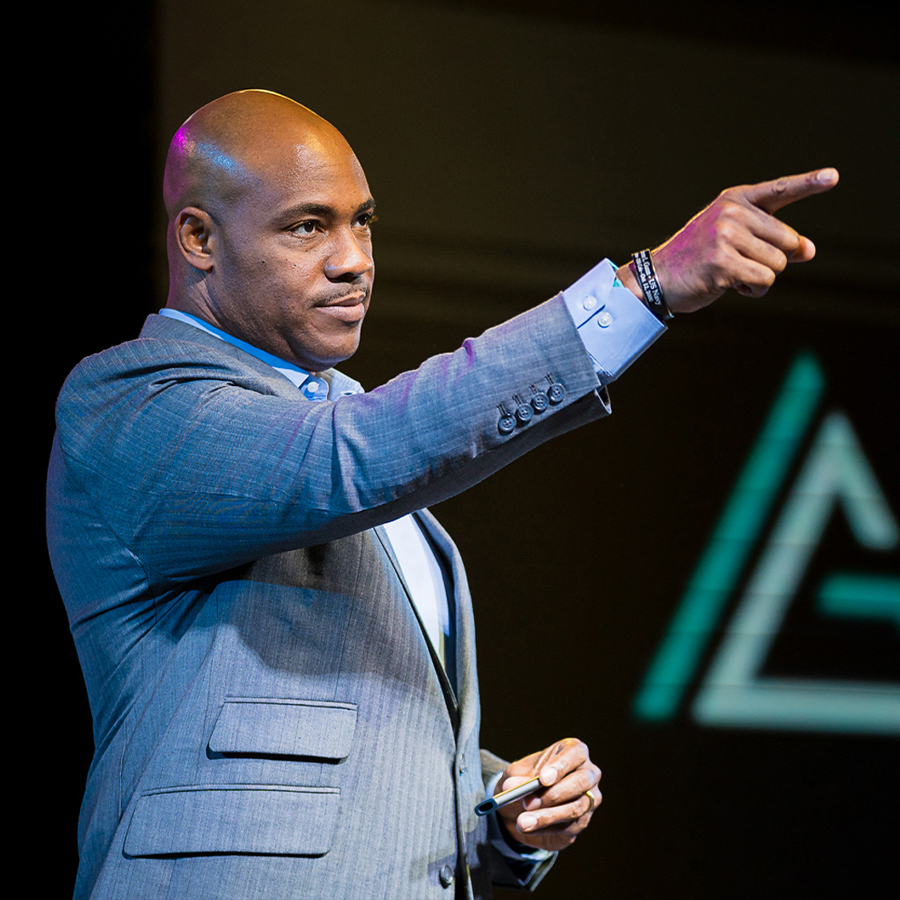Bruce Tulgan is internationally recognized as a leading expert on the best practices of effective management and on the generational mix in the workplace. Bruce is a best-selling author, an adviser to business leaders all over the world, and a sought-after keynote speaker and management trainer.
Since 1995, Bruce has worked with tens of thousands of leaders and managers in hundreds of organizations including American Express, Aetna, AT&T, Ernst & Young, Deloitte & Touche, GE, IBM, Loews Hotels, ESPN, Mercedes Benz, JP Morgan Chase, Proctor & Gamble, State Farm Insurance, Target, Wal-Mart, the US Armed Forces, and the YMCA.
Management Today has called Bruce a “management guru” for his expertise and delivery. Drawing on decades of experience and research, Bruce makes his lessons come to life with high-impact examples from the front lines of management. He approaches his keynotes and workshops with three goals: to provide new perspective, to teach actionable tools and techniques that participants can put into practice the next day, and to keep audiences engaged and entertained. His conversational tone and direct style with no slideshow consistently receive rave reviews from clients and conference participants.
Bruce presents to managers, supervisors, and people-leaders at all levels, whether in small groups or packed conference halls. He also often presents to non-managerial employees on the best practices of high-substance communication, both up the chain of command and laterally across functions.
Bruce has written numerous best-selling books including It’s Okay to Be the Boss (2007, revised & updated 2014), Not Everyone Gets a Trophy: How to Manage the Millennials (2009, revised updated 2016), The 27 Challenges Managers Face (2014), and Bridging the Soft Skills Gap: How to Teach the Missing Basics to Today’s Young Talent (2015). Bruce lectures at the Yale Graduate School of Management and other academic institutions, and his writing has appeared in dozens of magazines and newspapers including the Harvard Business Review, BusinessWeek, HR Magazine, the New York Times, the Los Angeles Times, and USA Today.
